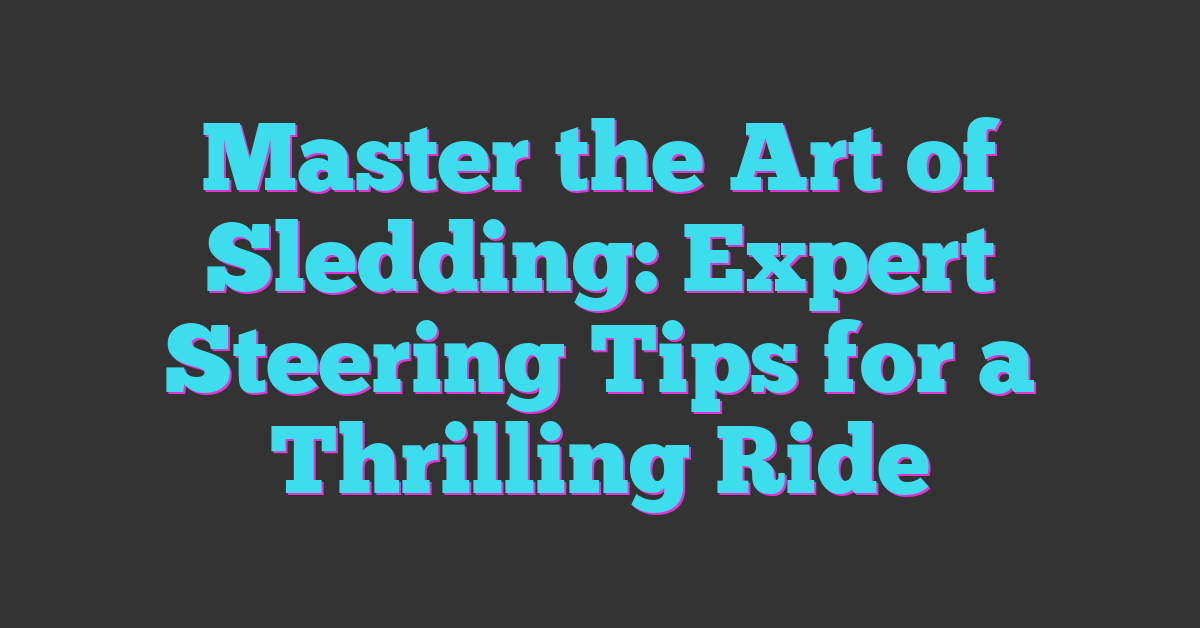Riding switch can open up a whole new world of possibilities on your board. Whether you’re looking to impress your friends or just want to challenge yourself, mastering this skill is a game changer. It might feel a bit awkward at first, but with the right approach, you’ll be carving and cruising in both directions before you know it.

Understanding Switch Riding
Switch riding involves snowboarding with your non-dominant foot forward. This technique can feel unfamiliar at first, but mastering it enhances your overall riding skills and versatility on the slopes.
What Is Switch Riding?
Switch riding refers to the act of riding while your back foot is in front of your front foot, which is opposite to your usual stance. For example, if you normally ride with your left foot forward (regular stance), riding switch means positioning your right foot forward (goofy stance). It’s not just about switching your feet; it requires adjusting your balance, edge control, and body movements.
Benefits of Learning to Ride Switch
- Improved Balance: Riding switch enhances your balance by engaging different muscle groups. You develop greater stability, which translates to better control in all riding scenarios.
- Increased Versatility: Mastering switch riding allows you to tackle a wider variety of terrain. You can navigate through powder, bumps, and park features with ease, making you a more well-rounded rider.
- Enhanced Trick Potential: Many tricks and jumps incorporate switch landings. Familiarity with riding switch gives you the confidence to try new maneuvers, pushing your limits and creativity.
- Fun Factor: Riding switch provides fresh challenges and keeps your sessions exciting. Switching it up can put a new spin on your day and help break the monotony of routine runs.
- Impressing Friends: Once you’re comfortable riding switch, your skills will undoubtedly impress your fellow riders. It opens the door to sharing unexpected turns and stylish maneuvers on the mountain.
By understanding switch riding and its benefits, you’re setting yourself up for a more adventurous and fun-filled snowboarding experience.
Preparing for Switch Riding
Before hitting the slopes, make sure you’re ready to ride switch. Proper preparation enhances your experience and sets you up for success.
Equipment Check
Check your snowboard setup for optimal performance. Ensure that your bindings are snug and adjusted for your preferred riding stance. Look for any signs of wear on your board or edges that could impact your ride. If you’re using a freestyle board, ensure it’s suited for switch riding, as this can make the learning process smoother. Consider softer flex boards that offer more forgiveness when you’re practicing. Don’t forget your gear—wear a helmet and keep your protective equipment in top condition.
Finding the Right Terrain
Choose the right terrain for switch riding to build confidence. Start on gentle slopes with a consistent, smooth surface. These areas allow you to focus on your balance and control without worrying about obstacles. Open, flat areas are ideal for practicing turns and getting comfortable riding switch. As you progress, seek out varied runs that challenge your skills, such as wider and steeper paths that push you to perfect your technique while exploring new terrains. Always assess conditions and pick spots free from heavy traffic, leading to a safer and more enjoyable experience.
Step-By-Step Guide to Riding Switch
Learning to ride switch opens up a whole new dimension of snowboarding. You’ll enhance your skills while enjoying the thrill of mastering something that feels slightly foreign at first.
Positioning Your Feet
Position your feet correctly to ride switch effectively. Ensure your front foot, the one that’ll lead you while riding, is in a relaxed stance. Use a wider stance than you might normally prefer, keeping your knees slightly bent. Align your shoulders and hips with the direction of travel to maintain control. Your back foot should be around a 45-degree angle, allowing for better edge control when turning. Check your bindings for a secure fit before hitting the slopes.
Balancing Techniques
Practice balance to gain confidence. Shift your weight toward the front foot as you initiate movement, similar to riding normally. Engage your core as it helps maintain stability. Bend your knees further to lower your center of gravity, especially when navigating bumps or uneven terrain. Keep your hands relaxed and parallel to your board; holding them out will help you recover balance as you ride. Use your shoulders to guide your direction, turning your head first to look where you want to go.
Practicing Turns
Practice turns to refine your switch riding skills. Start with gentle, wide turns. Your initial few tries will feel awkward, but stick with it. Initiate the turn by leaning on your toes slightly, then shift to your heels as you complete it. Keep your eyes focused downhill; this helps your body follow in the intended direction. As you improve, challenge yourself with tighter turns and varying snow conditions. Each successful turn boosts your confidence and skill level, making switch riding feel more natural with practice.
Common Mistakes to Avoid
When you venture into riding switch, avoiding common mistakes makes a significant difference in your progress. You’ll find that awareness of these pitfalls helps you refine your technique and enhances your experience on the slopes.
Over-leaning
Over-leaning often leads to losing balance. You might think leaning too far forward or backward will help control speed, but it creates instability. Focus on maintaining a centered stance while riding switch, keeping your hips aligned over your board. Engage your core to control weight distribution, allowing smoother turns and better grip on your edges. Practice small adjustments to your lean until it feels natural.
Misjudging Speed
Misjudging speed can lead to trouble when riding switch. Too much speed may cause you to lose control, while too little can make it hard to initiate turns. Get to know the terrain and adjust your speed accordingly. Start by practicing on gentle slopes to gauge your comfort level. As you gain confidence, gradually move to steeper terrain, focusing on smooth, controlled rides. Remember, speed management is key to mastering switch riding without losing your flow.
Tips for Improvement
Improve your switch riding skills with consistent practice and by utilizing video analysis. Embrace these strategies to become a more versatile and confident rider.
Regular Practice
Practice regularly to build muscle memory and confidence. Dedicate time on the slopes, focusing on switch riding drills during each session. Consider the following tips:
- Consistency: Ride switch every time you hit the slopes. Make it a part of your routine to ensure steady progress.
- Variety: Challenge yourself with different terrains and conditions. From flat areas to gentle slopes, each offers unique opportunities for skill enhancement.
- Short Sessions: Take short, focused practice sessions instead of long ones. Aim for 20-30 minutes to maximize focus and minimize fatigue.
- Freestyle Moves: Incorporate basic tricks such as 180s or board slides while riding switch to familiarize yourself with different movements.
Video Analysis
Using video analysis can significantly elevate your riding skills. Analyze your technique to identify areas for improvement. Follow these steps:
- Record Sessions: Use a smartphone or camera to capture your runs. Aim for a side angle to get a clear view of your stance and movements.
- Review Footage: Watch your videos after riding. Look for specific habits, such as body positioning, weight distribution, and edge control.
- Seek Feedback: Share your videos with friends or instructors. They can offer insights and suggestions to refine your technique.
- Set Goals: Focus on one or two aspects to improve each session. This targeted approach helps make your progress measurable and motivating.
By dedicating time to practice and using video analysis as a tool, you unlock the potential to ride switch confidently and stylishly.
Conclusion
Embracing switch riding can truly transform your snowboarding experience. As you practice and refine your skills you’ll find yourself becoming more versatile on the slopes. The thrill of riding with your non-dominant foot forward opens up a world of new tricks and challenges.
Remember to take it one step at a time. Celebrate your progress and don’t shy away from recording your sessions for feedback. With dedication and a positive mindset you’ll soon be impressing your friends and enjoying every ride. So gear up and get ready to enjoy the ride of your life!
















